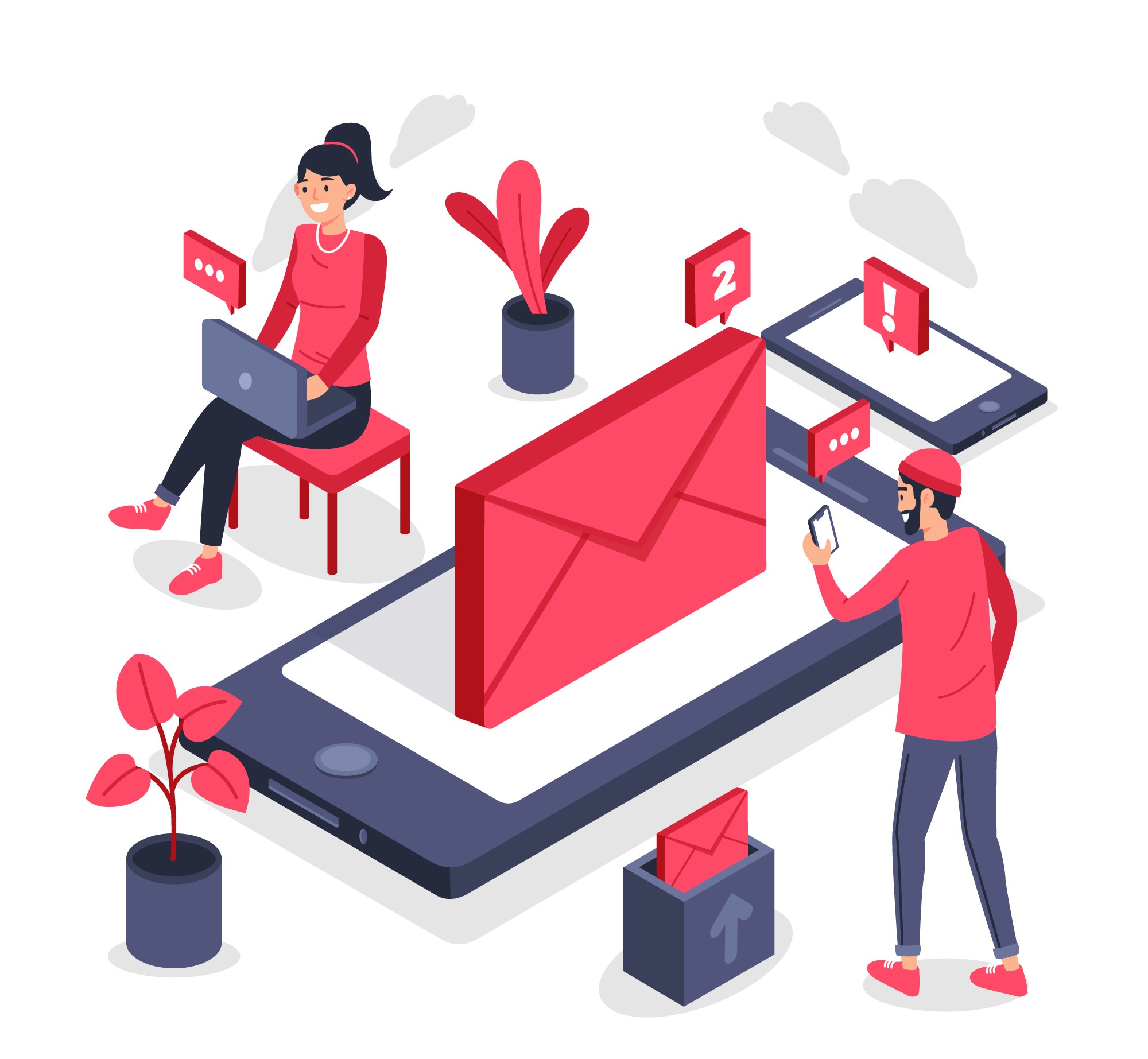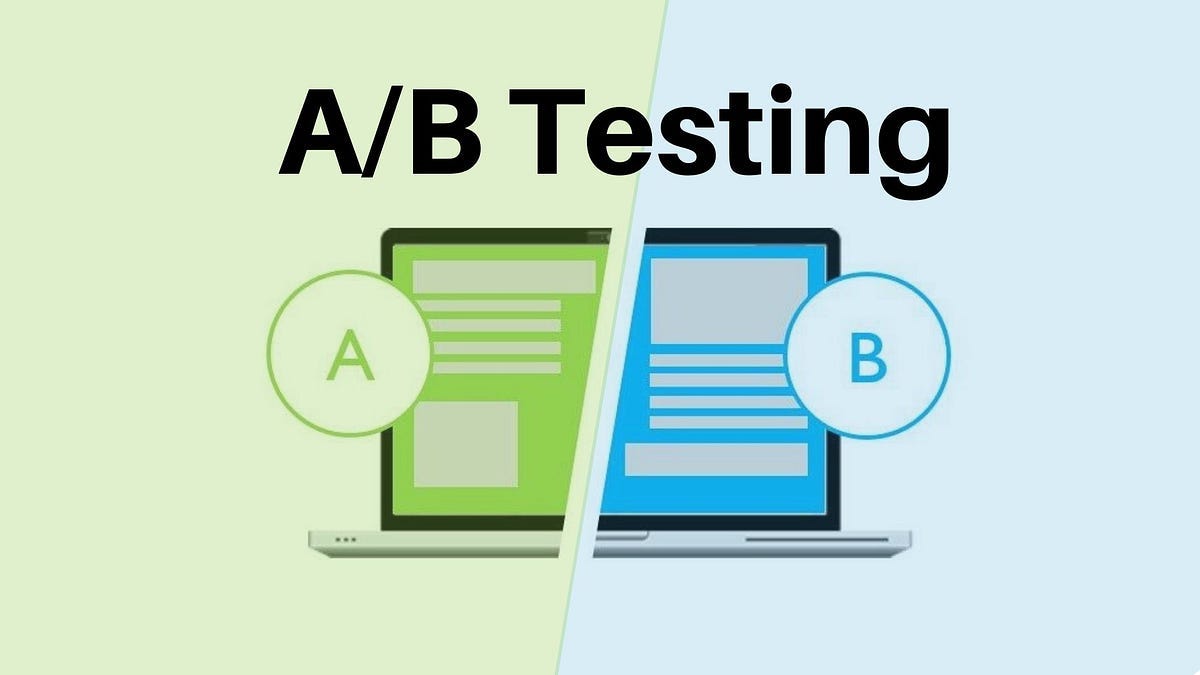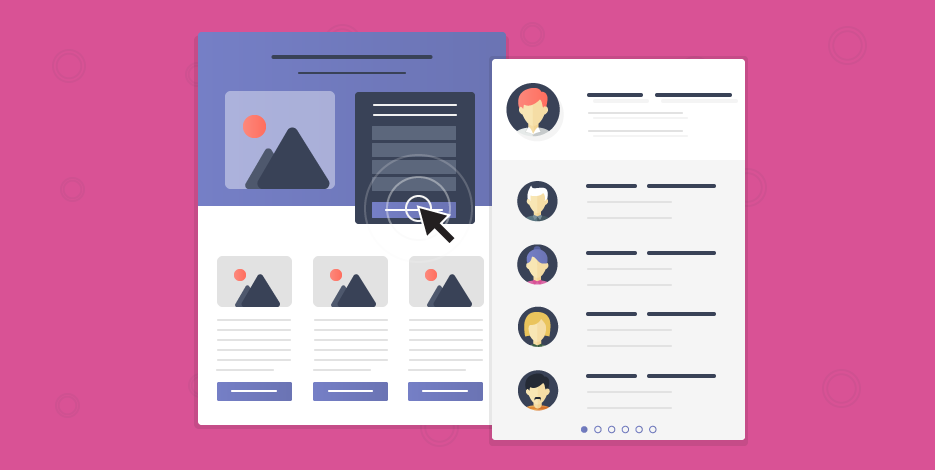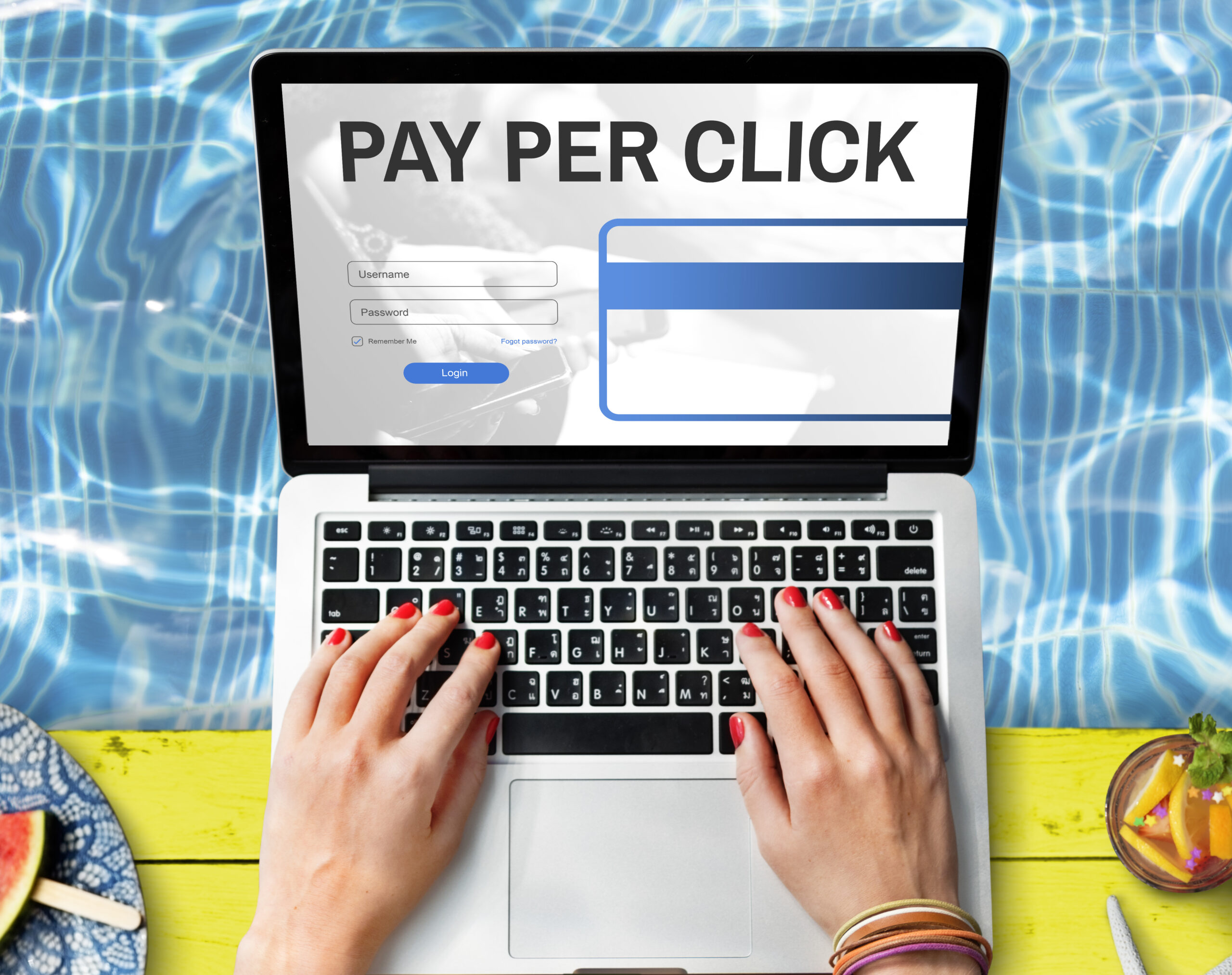
✉️ Email Personalization Tactics That Actually Work
✉️ Email Personalization Tactics That Actually Work
🔍 Introduction to Email Personalization
What is Email Personalization?
Email personalization is much more than just using someone’s first name. It’s about sending messages that feel tailored to each individual — based on their interests, behaviors, and past interactions.
Think of it like this: it’s the digital version of someone remembering your coffee order or asking about your recent trip. It builds trust and connection, which leads to better results.
Why Personalization Matters in Email Marketing
Open your inbox. What would you rather click?
- “Big Sale!”
- or “Priya, We Picked These Just For You”
Most people choose the second one.
📈 Personalized emails deliver up to 6x higher transaction rates than generic emails. It’s not magic — it’s smart marketing.
🧠 The Psychology Behind Personalized Emails
The Science of Feeling ‘Seen’
Humans naturally respond to relevance. When we feel seen or understood, we’re more likely to engage.
A personalized email triggers this feeling — like someone is speaking to us, not at us.
How Relevance Impacts Clicks and Conversions
The stats don’t lie:
- 📬 26% higher open rates
- 🔗 14% higher click-through rates
That’s a major jump — and often the difference between a campaign that flops and one that converts like crazy.
🚀 Getting Started with Email Personalization
Segmentation – The Foundation of Personalization
Segmentation is the first step. Break your email list into smaller groups based on who they are or what they’ve done.
👥 Demographics
Age, gender, location, income — all of these can shape what message works best. A college student and a working mom have very different needs.
🧭 Behavioral Segments
What did they click on?
What did they buy?
Did they abandon a cart?
These are gold mines for personalization. Use them wisely.
Using First-Party Data Effectively
With third-party cookies fading out, first-party data (collected directly from your audience) is more important than ever.
- Signup forms
- Surveys
- Purchase history
These give you everything you need to send relevant emails that feel personal — not robotic.
🎯 High-Converting Email Personalization Tactics
📨 Personalize the Subject Line
The subject line is your first impression. Add a name or refer to something specific they did.
Example:
“Still loving those sneakers, Priya?”
📦 Dynamic Content Blocks
Dynamic content lets you show different content to different users — all within the same email. One email, multiple experiences.
⚡ Triggered Emails Based on Behavior
Did they:
- Download an ebook?
- View a product?
- Leave something in their cart?
Trigger an email based on that action. It feels relevant because it is.
🌍 Location-Based Customization
Mention the user’s city, weather, or local events.
Example:
“Hot in Pune? Cool deals just for you!”
🛒 Personalized Product Recommendations
Amazon nails this. But smaller brands can do it too. Recommend products based on what the user has viewed or bought before.
🧾 Cart Abandonment Emails
Remind shoppers about what they left behind — and maybe offer a small discount to bring them back.
🎯 Personalized subject lines work wonders here.
💡 Advanced Tactics to Take It Up a Notch
🤖 Predictive Personalization Using AI
AI tools can analyze behavior to predict what someone might want next. It’s like having a crystal ball powered by data.
🔍 A/B Testing Personalized Content
Not sure what style works best?
Test it!
- “Hey Priya!”
- vs.
- “Your Daily Picks Are Here!”
Let the results guide you.
⏰ Personalizing Send Time
Some people open emails in the morning. Others check late at night.
Use platforms like Mailchimp or ActiveCampaign to optimize send times based on previous user behavior.
🧰 Tools That Make Email Personalization Easy
Email Platforms with Built-in Personalization
- Klaviyo
- Mailchimp
- ActiveCampaign
These allow segmentation, dynamic content, and automation — all in one place.
CRM Integrations & Automation Tools
Connect your email tool with HubSpot, Salesforce, or other CRMs. These tie user data to email behavior — so you can send smarter emails without extra work.
🚫 Common Mistakes to Avoid
🕵️♀️ Over-Personalization: The Creepy Factor
Don’t be too specific. Example:
“We noticed you viewed red shoes in Delhi at 2:43 PM.”
Yikes. That’s creepy.
🗂️ Generic Segmentation
Avoid lazy groups like “All Subscribers.” Go deeper. What content did they engage with? What did they buy last?
🧪 Not Testing or Optimizing
Don’t treat personalization as a one-time task. Keep testing and adjusting based on what your audience responds to.
📊 Measuring the Success of Personalized Emails
Key Metrics to Track
- ✅ Open Rate
- ✅ Click-Through Rate (CTR)
- ✅ Conversion Rate
- ✅ Bounce Rate
✅ Unsubscribe Rate
Analyzing Engagement and ROI
Use heat maps or analytics tools to track:
- Where people are clicking
- Where they’re dropping off
- How long they spend reading
These insights help improve future campaigns.
✅ Conclusion
Email personalization isn’t just a trend — it’s the new standard.
From simple touches like using a name, to advanced tactics like AI-driven suggestions, the more relevant your email feels, the better it performs.
Personalization is the secret sauce. Ready to serve it?
If you’re ready to implement email personalization in your campaigns, feel free to reach out to us.
❓ FAQs
1. What is an example of a personalized email?
An email that uses your name, mentions a past purchase, and recommends similar items is a great example.
2. How do you personalize an email without a name?
Use actions instead. Trigger emails based on user behavior or location — it still feels personal.
3. Can I automate personalized emails?
Yes! Tools like Mailchimp, Klaviyo, and HubSpot let you automate workflows based on user data.
4. What is dynamic content in email marketing?
It’s content that changes based on the recipient. Different users see different messages in the same email.
5. How does personalization affect open rates?
Personalized subject lines typically boost open rates by 20–30% compared to generic ones.




